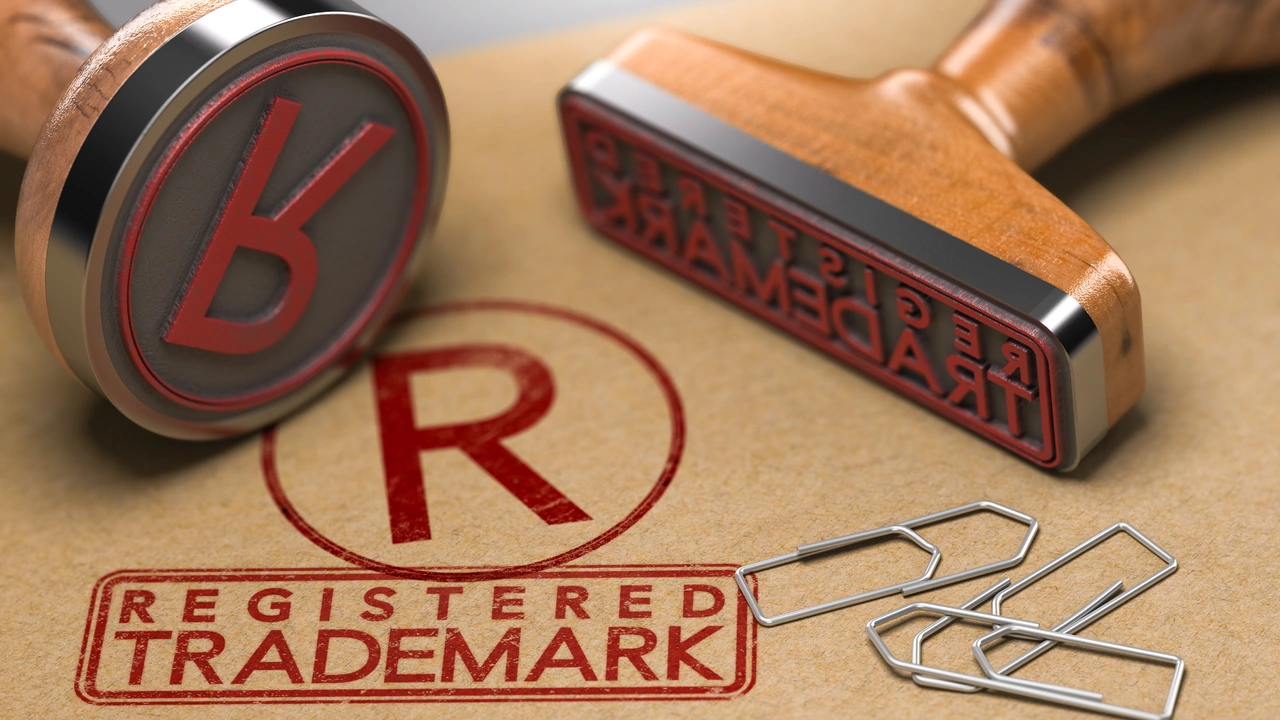
Understanding Trademarks
Before we delve into the specifics of whether a trademark in Canada is valid in the US, let's first understand what a trademark is. A trademark is a unique sign, symbol, or word used to identify a product or service. It is a valuable piece of intellectual property that helps businesses differentiate their products and services from their competitors. It is essential for businesses, as it helps in building a brand and gaining consumer trust. But, the million-dollar question is, are these protections valid across borders? Let's explore.
The Concept of Territoriality
The principle of territoriality plays a crucial role in understanding the validity of trademarks across borders. According to this principle, a trademark registered in a specific country is only protected within that country. For instance, a trademark registered in Canada is only protected under Canadian law. Therefore, if a company wants protection in another country, like the US, it has to register its trademark in that country separately. This implies that a Canadian trademark isn't automatically valid in the US.
Applying for a Trademark in the US
If a Canadian business wishes to expand its operations to the US, applying for a trademark in the US is essential. To do this, they would need to file a trademark application with the United States Patent and Trademark Office (USPTO). The process may seem daunting, but it's worth the effort as it offers legal protection against trademark infringements in the US.
Considering the Madrid Protocol
The Madrid Protocol is an international treaty that allows a trademark owner to seek registration in any of the countries that are a member of the treaty, by filing one application. Both the US and Canada are members of the Madrid Protocol. This means that a Canadian business can file a single application to register its trademark in the US and other member countries. However, approval is not guaranteed and it's up to each country's trademark office to decide on registration.
Understanding the US Trademark Law
US trademark law, also known as the Lanham Act, allows foreign businesses to register their trademarks in the US. However, the process can be complex and requires careful attention to detail. The USPTO examines each application thoroughly, and if any issues arise, they can refuse registration. It's advisable to seek help from a professional to navigate this process.
Enforcing Trademark Rights in the US
Once a Canadian business has registered its trademark in the US, it's essential to enforce those rights. The US law provides various tools for enforcing trademark rights, including lawsuits for infringement. However, it's important to note that enforcement is the responsibility of the trademark owner, not the USPTO.
Recognizing Common Law Trademark Rights
It's worth noting that even without a registered trademark, a business can have some protection under the common law trademark rights in the US. This is based on the use of the trademark in commerce. However, these rights are limited and don't provide as much protection as a registered trademark.
Importance of Trademark Monitoring
After registering a trademark in the US, it's crucial for Canadian businesses to monitor their trademarks. This involves keeping an eye out for any potential infringements and taking prompt action to protect their rights. Regular monitoring can also help in renewing the trademark registration on time.
Bridging the Gap
While a Canadian trademark isn't automatically valid in the US, there are several ways to bridge this gap. By understanding the differences between the trademark laws in both countries and taking the right steps, Canadian businesses can secure their trademarks in the US and protect their brand.

Write a comment